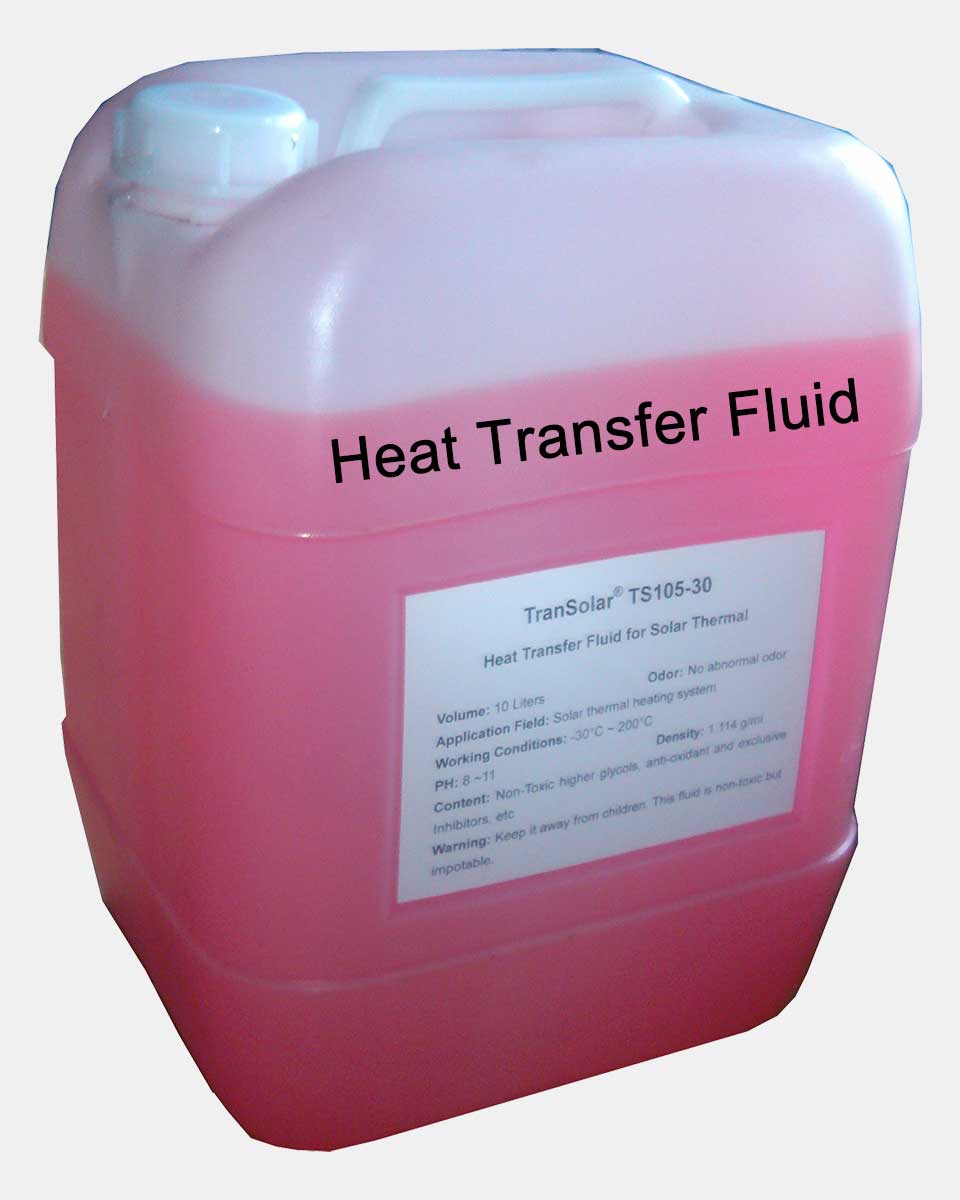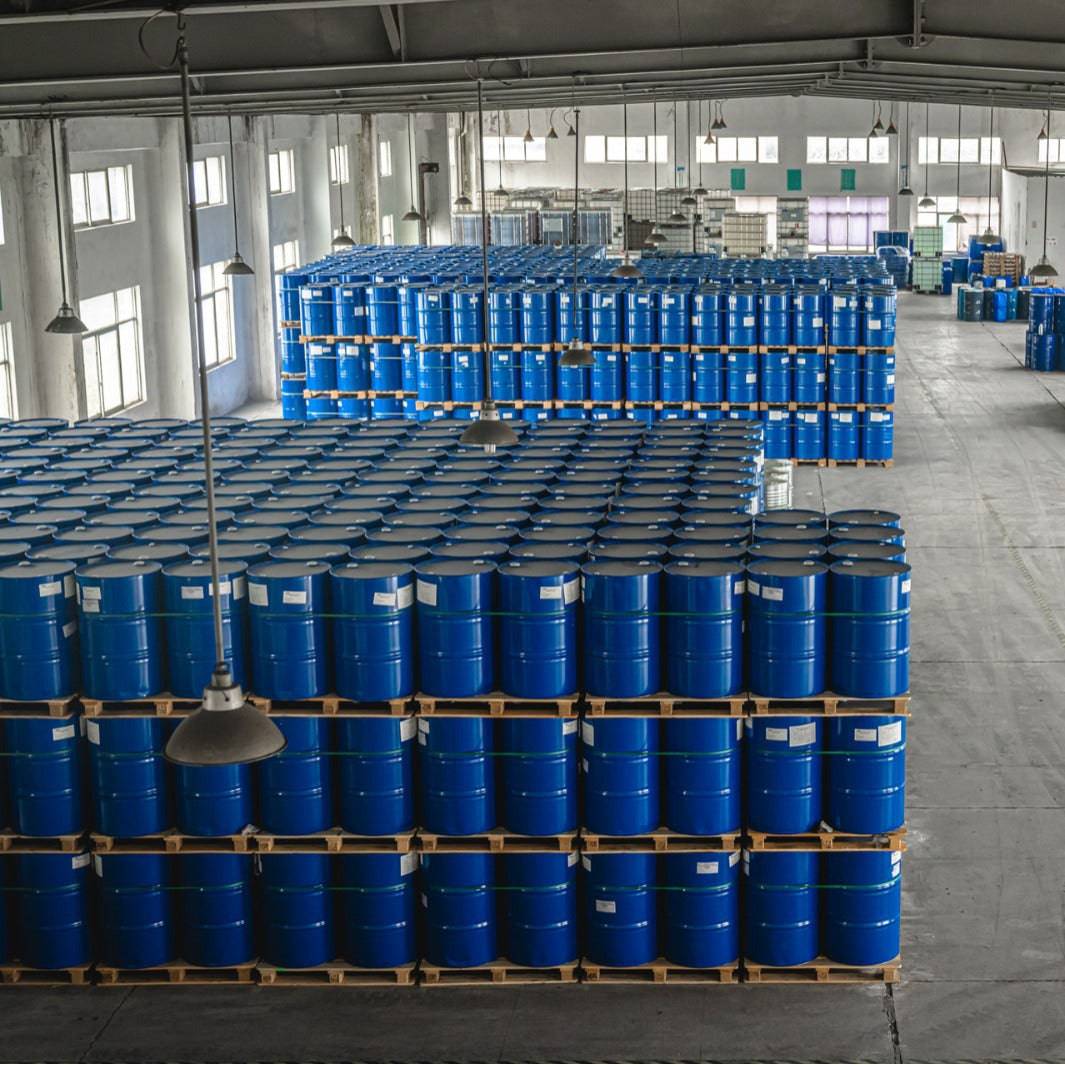Why Propylene Glycol is a Top Choice for Efficient Heat Transfer Fluid
Why Propylene Glycol is a Top Choice for Efficient Heat Transfer Fluid
Blog Article
Just How to Select the very best Heat Transfer Fluid for Your Heating and Cooling Systems
Choosing the suitable warmth transfer fluid for heating and cooling systems is a nuanced procedure that requires careful consideration of several aspects. It is crucial to assess the particular functional temperature level array, as well as the thermal homes such as conductivity and viscosity that effect system performance.
Recognizing Heat Transfer Fluids
Heat transfer liquids play an important duty in various industrial and business applications by assisting in the transfer of thermal energy. These fluids are important in systems such as home heating, air conditioning, and power generation, where effective thermal administration is critical for functional performance. The main function of warmth transfer liquids is to absorb heat from a resource and transportation it to a designated place, where it can be utilized for heating or transformed right into mechanical energy.
Warmth transfer fluids can be identified right into numerous categories, including fluids, gases, and phase-change products, each offering specific applications based upon their thermal homes. silicone oil. Common examples include water, oils, and refrigerants, which are picked depending upon the temperature array, pressure problems, and compatibility with system materials
The performance of a warm transfer liquid can considerably influence the total performance of a thermal system. Factors such as thickness, thermal conductivity, and certain warm capability identify just how well a fluid can transfer heat. Understanding these characteristics is crucial for selecting the most appropriate fluid for a certain application, guaranteeing optimum performance and reliability in industrial procedures.
Key Residence to Take Into Consideration
Picking the appropriate heat transfer liquid requires careful consideration of several essential residential properties that influence efficiency and efficiency. Primarily, thermal conductivity is essential, as it identifies the liquid's capability to move warm successfully. Higher thermal conductivity normally causes better efficiency in heating & cooling applications.
Another important home is viscosity, which influences the fluid's flow attributes. A fluid with reduced viscosity at operational temperatures will flow more quickly, reducing pumping power demands. In addition, the particular heat ability of the fluid plays a crucial duty; a higher specific warm indicates the liquid can store extra thermal energy, enhancing system effectiveness.

Types of Heat Transfer Fluids
A range of heat transfer fluids are offered, each designed to fulfill particular functional needs and performance criteria. The main categories of warm transfer fluids include water, natural fluids, and refrigerants.
Water is typically made use of because of its high warmth capacity and reduced cost, making it appropriate for lots of heating & cooling applications; however, it has restrictions regarding freezing and steaming factors. Organic liquids, such as glycol mixes, use a broader temperature array and are less susceptible to cold, making them perfect for applications in colder climates. These liquids can additionally provide much better thermal security contrasted to water.
Refrigerants are made for particular applications in vapor-compression refrigeration and a/c systems. They have unique thermodynamic properties that allow effective warmth transfer at reduced temperatures. Other specialized liquids consist of mineral oils, which are usually employed in high-temperature applications due to their thermal stability and non-corrosive nature.
Choosing the appropriate warm transfer fluid entails considering the operating temperature range, thermal buildings, and system compatibility. By understanding the sorts of fluids available, one can make informed decisions that enhance system effectiveness and longevity.
Environmental and Safety Factors
When assessing heat transfer fluids, it is necessary to consider the environmental and safety factors related to their usage. The choice of a liquid Bonuses should straighten with regulatory standards and minimize possible environmental effect. Fluids that are non-toxic, biodegradable, and have reduced international warming capacity are chosen, as they contribute to sustainability and minimize responsibility in case of spills or leaks.
Safety and security is one more essential consideration; the fluid's flash factor, toxicity, and potential for unsafe responses should be thoroughly assessed. Fluids with high flash points are usually much safer, decreasing the risk of fire in high-temperature applications - propylene glycol. Furthermore, the compatibility of the liquid with system products need to be assessed to avoid destruction, which can result in leakages and potentially hazardous circumstances
In addition, appropriate handling and disposal procedures must be clearly detailed. Using liquids that are easy to manage and get rid of of can considerably lower environmental threats. By prioritizing these ecological and safety and security elements, companies can make informed choices that not just safeguard their employees and official website the environment but additionally enhance the general performance and reliability of their home heating and cooling down systems.
Application-Specific Recommendations
Comprehending the certain requirements of a given application is necessary for choosing the most efficient warmth transfer fluid. Different systems have one-of-a-kind thermal demands, operating temperature levels, and liquid characteristics that influence the choice procedure. In applications entailing high-temperature atmospheres such as focused solar power systems, artificial oils or liquified salts might be extra suitable due to their superior thermal security and warm transfer performance.

In addition, industries taking care of destructive materials, such as chemical processing, might require warm transfer liquids with improved deterioration inhibitors to lengthen system life and maintain effectiveness.
In addition, applications with strict ecological regulations might profit from bio-based fluids or those with low poisoning profiles. By thoroughly reviewing Read Full Report these application-specific factors, designers can guarantee ideal efficiency, safety, and durability of their home heating and cooling down systems while adhering to regulatory conformity and sustainability goals.
Verdict

To conclude, picking the optimum warm transfer fluid for home heating and cooling systems demands a thorough analysis of numerous variables, consisting of operational temperature range, thermal residential or commercial properties, material compatibility, and ecological safety and security. A knowledgeable option ultimately enhances system performance, minimizes operational costs, and advertises sustainability. Focusing on these considerations ensures the long life and performance of heating and cooling down systems, adding to general effectiveness in thermal management applications.
The primary function of heat transfer liquids is to absorb warmth from a resource and transport it to an assigned location, where it can be made use of for home heating or converted right into mechanical power.
The effectiveness of a warmth transfer liquid can significantly affect the overall performance of a thermal system. Elements such as thickness, thermal conductivity, and certain heat ability figure out how well a liquid can transfer warmth. Additionally, the certain heat ability of the fluid plays an essential function; a greater particular warmth indicates the liquid can save much more thermal power, boosting system performance.
In conclusion, choosing the optimal warm transfer liquid for home heating and cooling systems requires a comprehensive assessment of various aspects, consisting of operational temperature array, thermal homes, product compatibility, and environmental safety and security.
Report this page